Winnipeg, the capital and largest city of the province of Manitoba in Canada, has a rich history of urban development that reflects its role as a major economic and cultural center in the region. Here’s a brief overview of key points in Winnipeg’s urban development history:
- Indigenous Settlement:
- Before European settlement, the area around Winnipeg was inhabited by Indigenous peoples, including the Anishinaabe, Cree, Oji-Cree, Dakota, and Dene.
- Hudson’s Bay Company and the Fur Trade:
- The fur trade played a significant role in the early development of Winnipeg. The Hudson’s Bay Company established a trading post, Fort Gibraltar, in the early 19th century.
- Red River Settlement:
- In the mid-19th century, the Red River Settlement, an agricultural community, was established by Métis people led by Louis Riel. This settlement laid the foundation for Winnipeg’s later development.
- Railway Development:
- The arrival of the railway in the 1880s played a crucial role in Winnipeg’s growth, making it a major transportation hub. The Canadian Pacific Railway and the Canadian National Railway had a significant presence in the city.
- Boomtown Era:
- Winnipeg experienced a period of rapid growth and prosperity in the late 19th and early 20th centuries. It became known as the “Gateway to the West” due to its strategic location for trade and transportation.
- Immigration and Cultural Diversity:
- The city attracted immigrants from various parts of the world, contributing to its cultural diversity. Winnipeg has a strong Ukrainian, German, and Indigenous cultural presence, among others.
- General Strike of 1919:
- Winnipeg was the site of a major labor strike in 1919, known as the Winnipeg General Strike. It was a pivotal moment in the history of labor relations in Canada.
- Post-World War II Development:
- After World War II, Winnipeg continued to grow and modernize. Suburban development increased, and the city’s infrastructure expanded.
- Urban Renewal and Redevelopment:
- Like many cities in the mid-20th century, Winnipeg underwent urban renewal projects, which included the development of new infrastructure and the revitalization of certain neighborhoods.
- Contemporary Winnipeg:
- Today, Winnipeg is a thriving city with a diverse economy, cultural institutions, and educational facilities. The Forks, a historic site at the confluence of the Red and Assiniboine Rivers, has been developed into a popular gathering place with shops, restaurants, and cultural attractions.
Winnipeg’s history reflects its resilience, adaptability, and the contributions of diverse communities to its development. The city continues to evolve while preserving its historical and cultural heritage. For more in-depth information, local historical societies, museums, and archives can provide additional details about Winnipeg’s urban development.

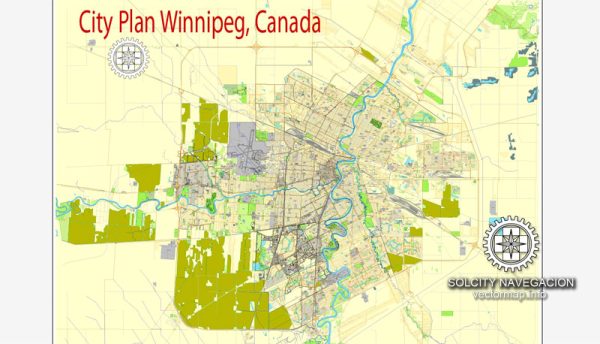
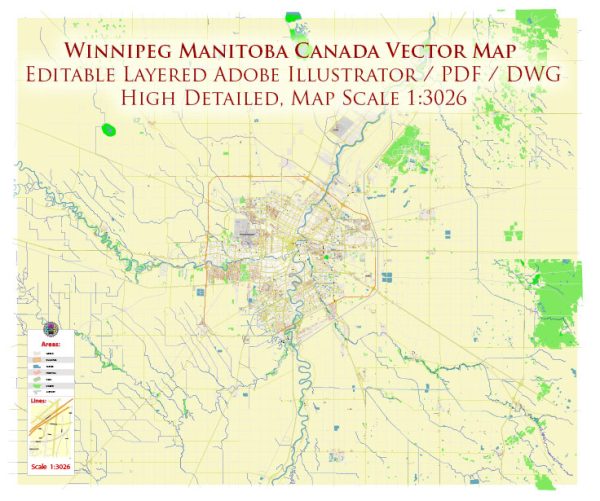
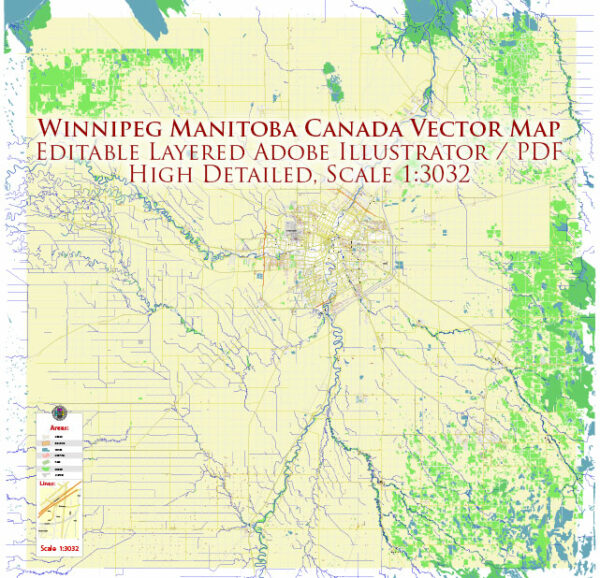
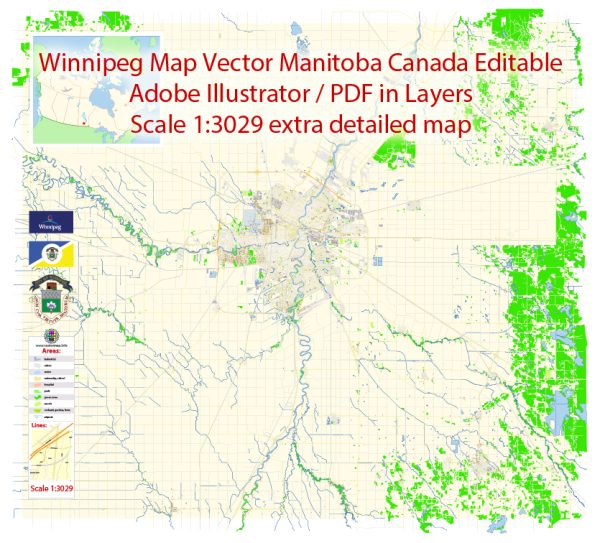
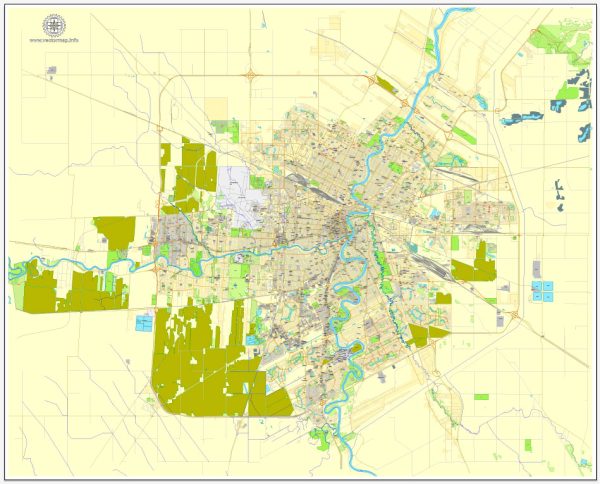
 Author: Kirill Shrayber, Ph.D.
Author: Kirill Shrayber, Ph.D.